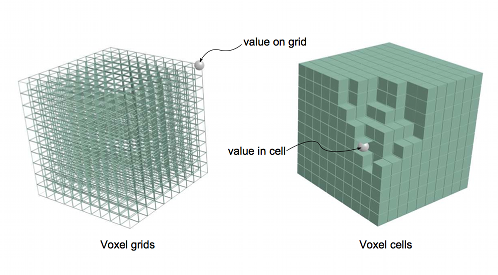In geotechnical engineering the precise definition of the subsurface is crucial to ensuring the safety and durability of structures built on the surface or even underground. This region is highly uncertain and engineering judgements are based on limited numbers of soil investigation data sets that are later interpreted via 2D images. The aim is to identify any below ground anomalies that need to be addressed prior to construction. However, the extent to which this 2D graphical representation provides the necessary means to achieve a good result has long been a matter of some debate.
A new visualisation framework is needed to allow full access to the subsurface so that geotechnical professionals can effectively manage and interpret soil investigation data. Such a framework may lead to a better understanding of the engineering properties of the subsurface and reduce the risks of subsurface failures and the resulting damage to the built environment. To be effective, this framework needs to be readily accessible to geotechnical professionals and adaptable to a wide range of subsurface conditions. This study presents a computer-aided 3D subsurface visualisation framework that utilises a volumetric technique to effectively and efficiently render subsurface data. It is constructed from Free and Open Source (FOSS) components.
